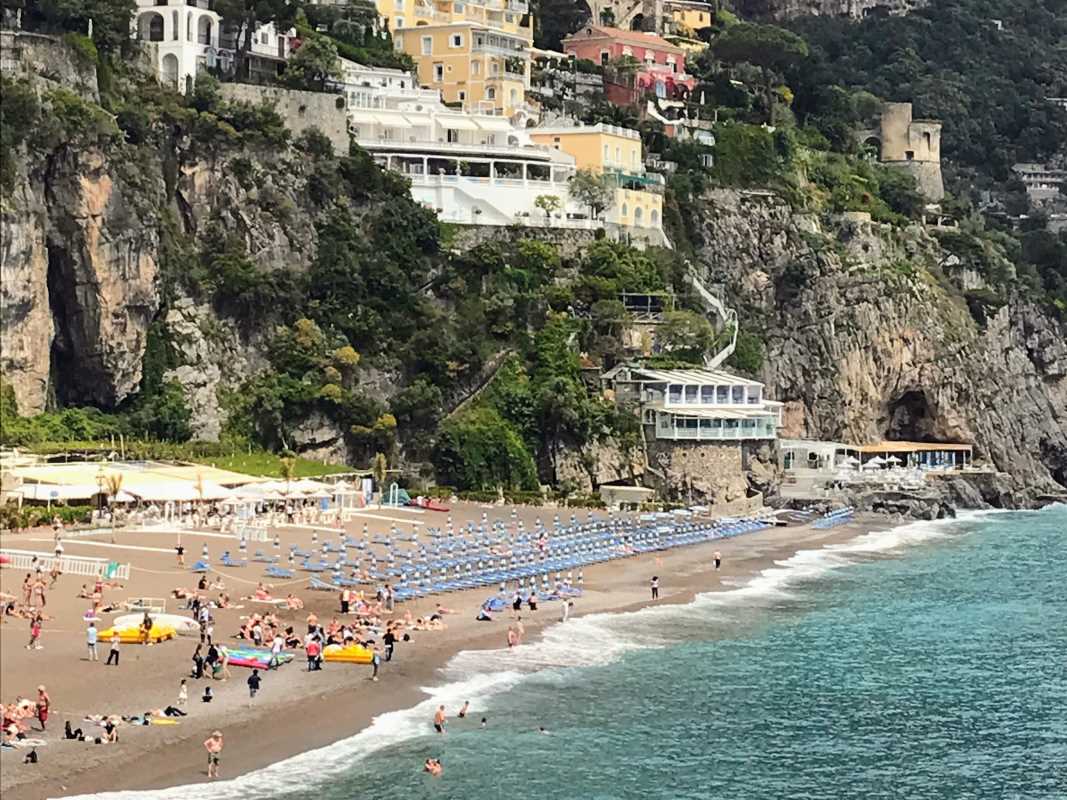Traveling offers a unique opportunity to dive into the traditions of the places you visit, revealing layers of culture beyond what meets the eye. Here’s how to best experience local customs and traditions during your travels.
Discovering Culinary Delights
A country’s cuisine tells a story about its heritage, climate, and people. To taste authentic dishes:
- Ask Locals for Recommendations: Inquire at your accommodation or with locals about where they like to eat. Small, family-run establishments often offer the most traditional dishes.
- Visit Local Markets: Farmers' markets are a fantastic way to explore local flavors and sample regional produce. Try asking vendors about their specialties or the ingredients that define their cuisine.
- Take a Cooking Class: Many regions offer cooking classes where you can learn how to make traditional dishes. For example, in Italy, join a pasta-making class in Bologna, or in Thailand, sign up for a street food tour that includes a cooking segment.
Participating in Festivals and Celebrations
Festivals provide a vibrant window into a community's identity. To find out about local celebrations:
- Check Local Event Calendars: Before traveling, look up the destination’s cultural events and holidays. Websites like “Fest300” or government tourism pages often list annual events.
- Ask at Local Tourist Information Centers: Once you arrive, stop by tourist centers for information on upcoming festivals. They can provide details and tips on how to best participate.
- Engage with Local Guides: Local tour guides can share insight on festivals that may be less publicized but are meaningful to the community, like small town harvest celebrations or regional religious holidays.
Visiting Historical Sites and Landmarks
Cultural landmarks reveal the heart of a region’s past. To make the most of these visits:
- Hire a Knowledgeable Guide: Guided tours provide in-depth context that can make the history of a place come alive. In countries with rich histories, like Egypt or Greece, a guide can explain the historical significance behind the sites.
- Explore Off-the-Beaten-Path Sites: Some of the most meaningful experiences can come from lesser-known sites. Look up historical places beyond the popular tourist spots to find lesser-visited temples, ancient ruins, or cultural heritage villages.
- Download Audio Guides: Many historical sites offer audio guides, allowing you to learn at your own pace. Apps like “VoiceMap” also offer location-based audio tours created by locals.
Engaging with Local Art and Craftsmanship
Traditional craftsmanship is a beautiful way to connect with the artistry of a region. To find authentic local art:
- Shop at Artisan Markets: In many countries, you’ll find artisan markets showcasing handmade goods. Look for fair-trade cooperatives, such as in Mexico or Peru, where artisans gather to sell traditional crafts.
- Visit Craft Villages or Studios: Some places have entire villages dedicated to a specific craft, like the ceramic village of Bat Trang in Vietnam or the weaving communities of Peru. Ask if they offer workshops to learn techniques firsthand.
- Participate in a Workshop: Many artists and craftsmen offer workshops, giving you the chance to try your hand at traditional art forms. In Japan, for instance, you can find pottery classes to create your own Raku ware, or in Bali, you can learn Batik.
Learning Traditional Customs and Etiquette
Respecting customs and etiquette fosters genuine connections. To learn about local practices:
- Research Etiquette Before Arrival: Basic knowledge about what is polite or impolite in a new culture can go a long way. Research cultural norms around greetings, dining, and dress codes.
- Ask Locals for Advice: Locals often appreciate when visitors show an interest in their customs. If you’re unsure about a practice, ask a local, or observe those around you and mirror their behavior.
- Attend Cultural Centers or Museums: Many countries have cultural centers that offer introductory lessons on customs, language, or even traditional clothing. In South Korea, for example, some centers offer workshops on traditional tea ceremonies or etiquette in Korean dining.
By embracing the traditions, flavors, and stories unique to each destination, you go beyond the role of a mere visitor and become part of the cultural fabric of the places you explore. Each interaction, whether a meal shared, a festival celebrated, or a new skill learned, enriches not only your understanding but also your respect for the diversity of the human experience. Immersing yourself in local customs transforms your journey into something deeply personal and memorable, creating connections that bridge worlds, inspire reflection, and leave lasting impressions long after your travels end. In a world as richly varied as ours, these experiences are a reminder of the beauty and warmth found in every corner of the globe, making each adventure truly unforgettable.
 (Image source: Inuvo / DSR)
(Image source: Inuvo / DSR) .jpeg)





